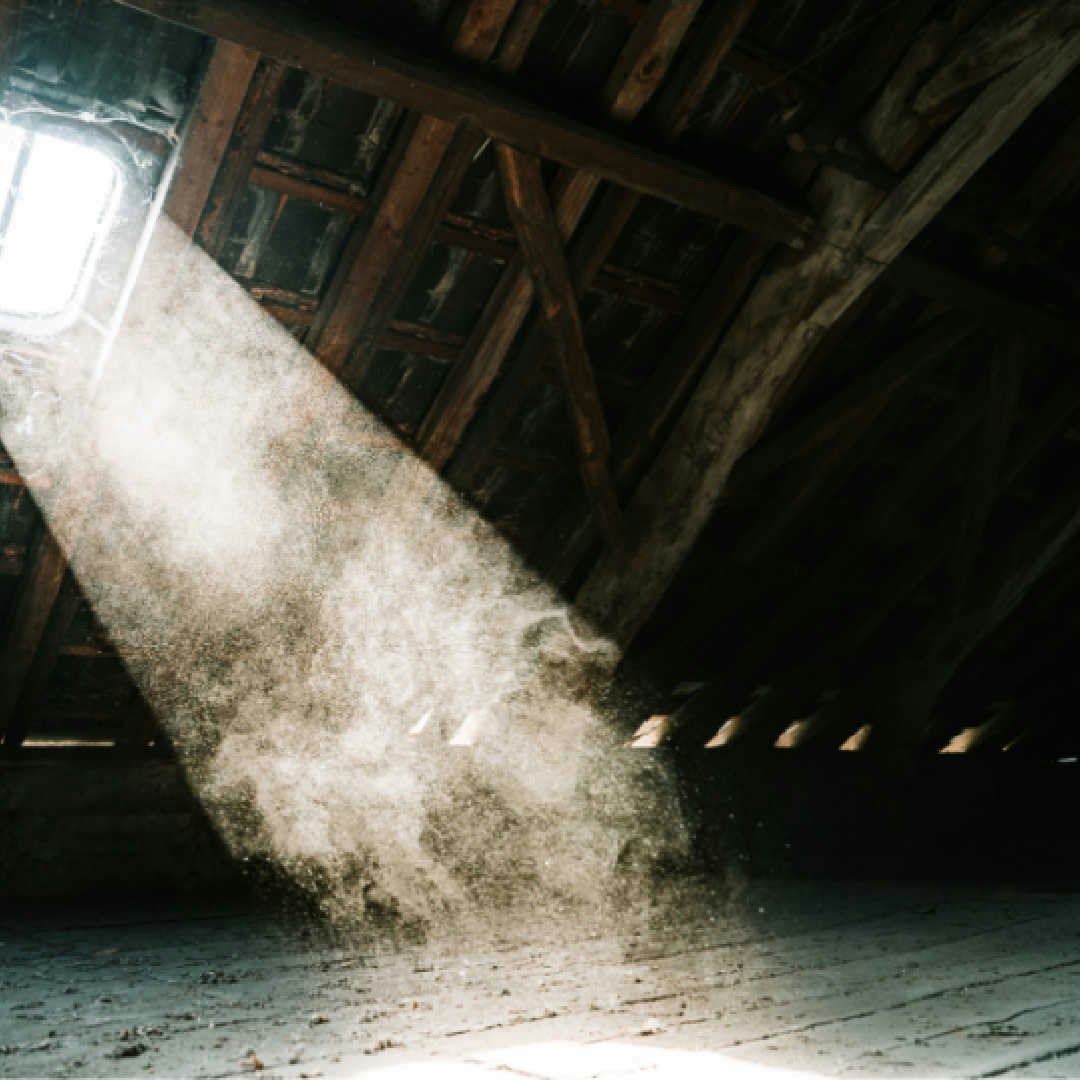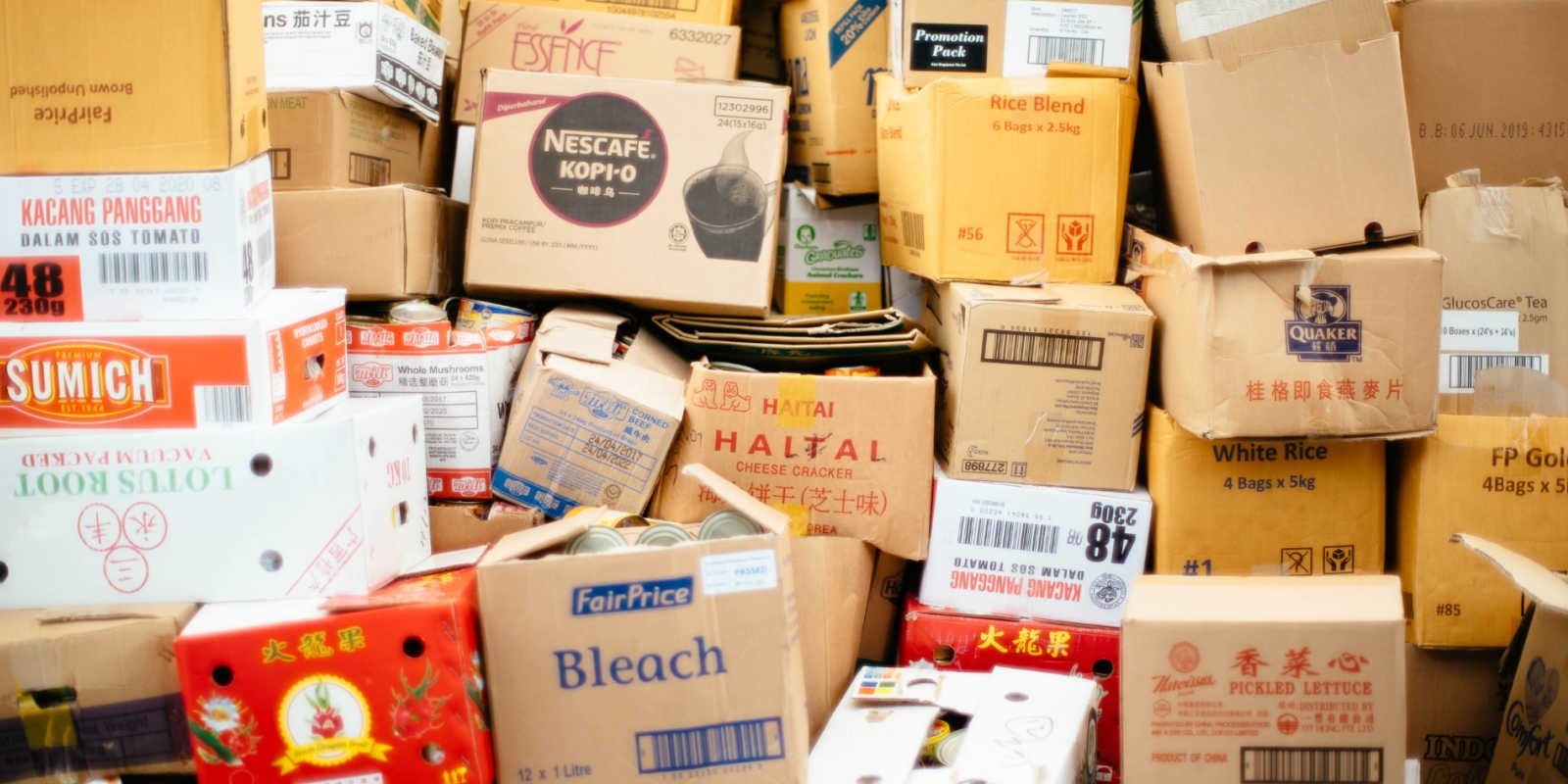Once you’ve got your extra-special, heirloom textiles safely stored in boxes or tubs, the final step is to find a safe place for those containers. When determining where to keep your textiles, you’ll want to think about the primary enemies of cloth: moisture, heat, and pests.
Moisture
If you’ve ever pulled out an heirloom piece of cloth and been devastated to find out it’s covered in mold or mildew, the culprit was undoubtedly excess moisture. To prevent this kind of damage, first make sure your cloth is safe from possible leaks or floods. This might mean storing in a waterproof tub or simply putting boxes on a high shelf. If you live in an area where high humidity is a fact of life, or if you need to store items in an especially humid basement, invest in some silica gel packets to put in the boxes with the textiles. The packets will absorb excess moisture without damaging the cloth although, personally, I’d put in a barrier in between your textiles and the packets (tissue paper or some cheap muslin will work fine). Just make sure you change your silica packets yearly at the very least.

Think twice before storing precious tetiles in uninsulated attics such as this one. Photo Credit: Mika Baumeister on Unsplash
Heat
When cloth is exposed to extremes in heat, it gets brittle, causing it to tear easily or, in some cases, to just about disintegrate. The key word is extreme—having boxes stored in a comfortably warm house won’t cause problems; where you get into trouble is in areas without air conditioning or much insulation. Some attics, garages, and rental storage units, for example, might be hot all summer long. Even some closets might be problematic if the water heater or furnace is housed in the same closet.
Pests
Mice, rats, insects, and other critters love cloth. It makes for a snuggly nest or a nice snack. Living in a nearly century-old adobe home, I am constantly battling unwanted creepy crawlies. Infested textiles will usually be dirty and have holes chewed through. Yuck! Keeping things in plastic tubs will keep pests out, as will keeping your boxes inside the home and out of the garage.
Freestanding shelving units can also help, but flying critters can still potentially get it. If bugs are an especial concern in your home, consider getting a sticky insect trap to put near your storage. When I worked for a museum, these traps were kept in every exhibit and throughout collections. These traps were all over not because they were effective at reducing the bug population, but because they provided a snapshot of what bugs were there. We could regularly evaluate what we'd caught and, hopefully, catch problematic infestations before they happened. As for mice, check regularly for the signs that they’re out and about: fecal matter, piles of chewed up bits of fuzz and paper, and stashes of bird seed or pet food hidden in the house are all signs of rodents.
Be Vigilant
The real key to safe storage is vigilance, although you don’t need to be overzealous about it. Keep the boxes where you can easily get to them and, when it’s convenient, give them a look over just to make sure everything still looks fine. For instance, if you’re heading down the basement to pick up Thanksgiving decorations, check on your boxes of linens. If there’s anything at all that gives you pause, investigate further. Hopefully, though, you won’t find any issues, and your textiles will stay safe and beautiful for many years to come.
—Christina
Christina Garton is a former museum professional and the current Associate Editor of Handwoven magazine. Read more of Christina's tips for safely displaying and storing textiles at pieceworkmagazine.com/author/christine-garton.

